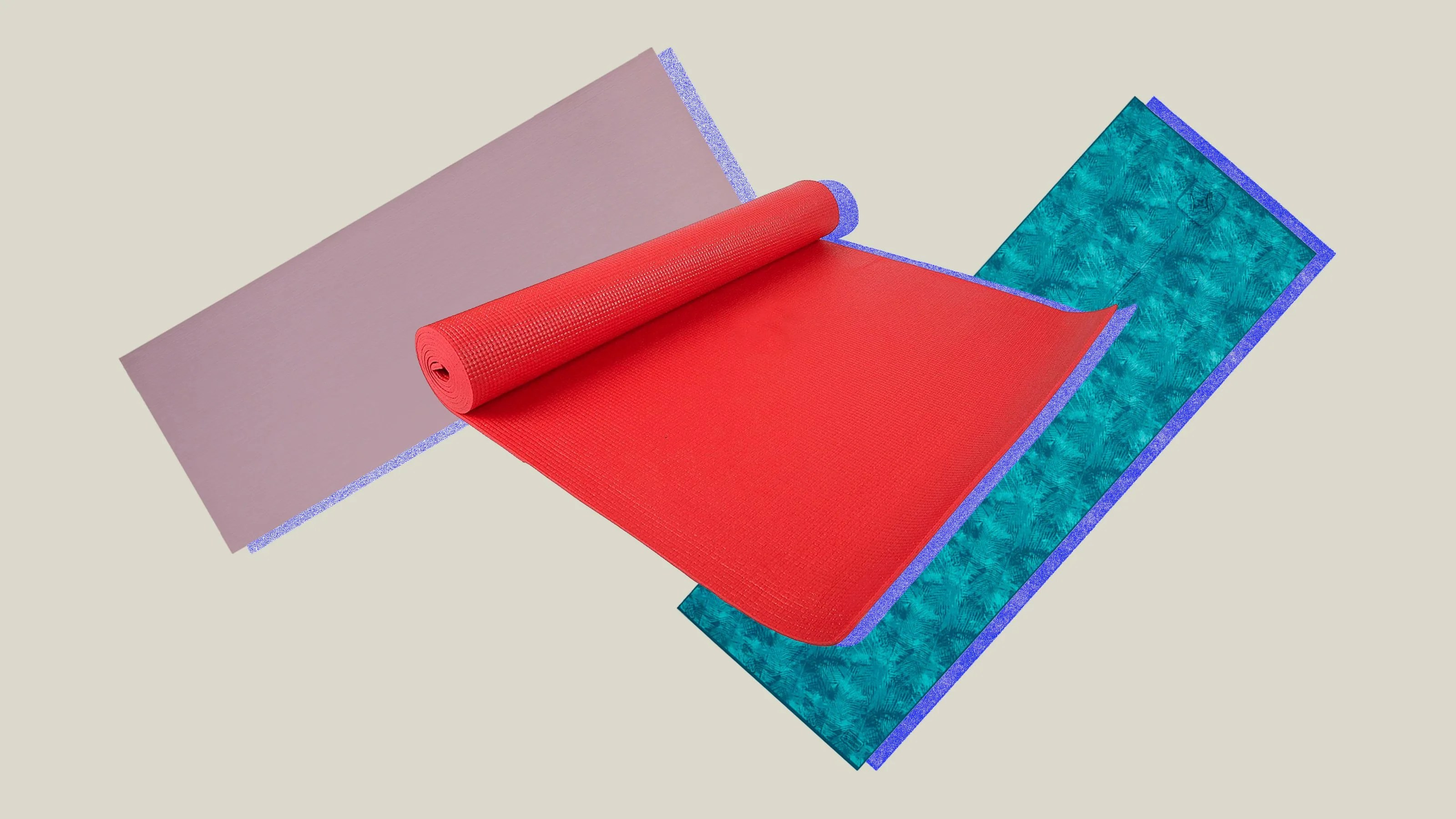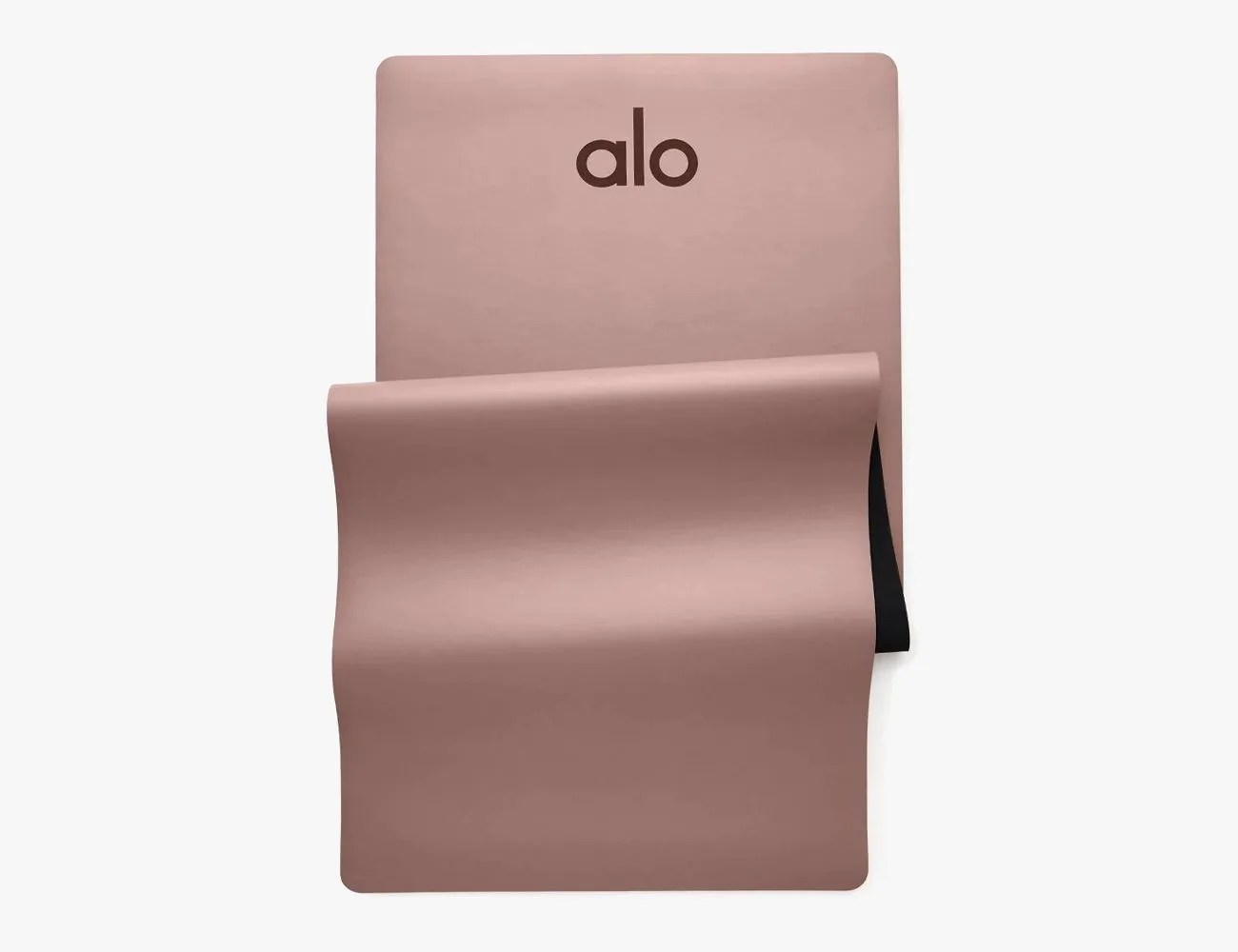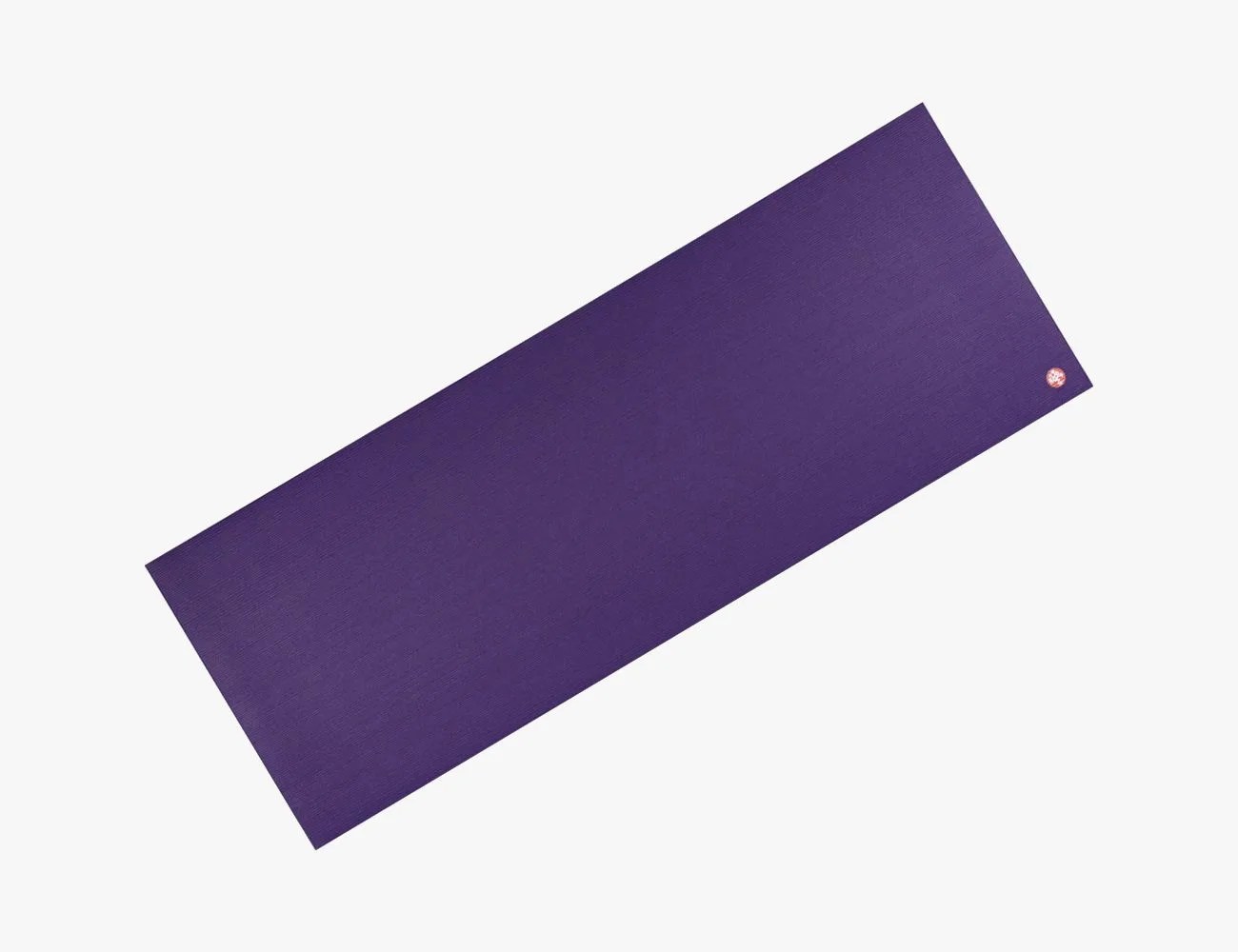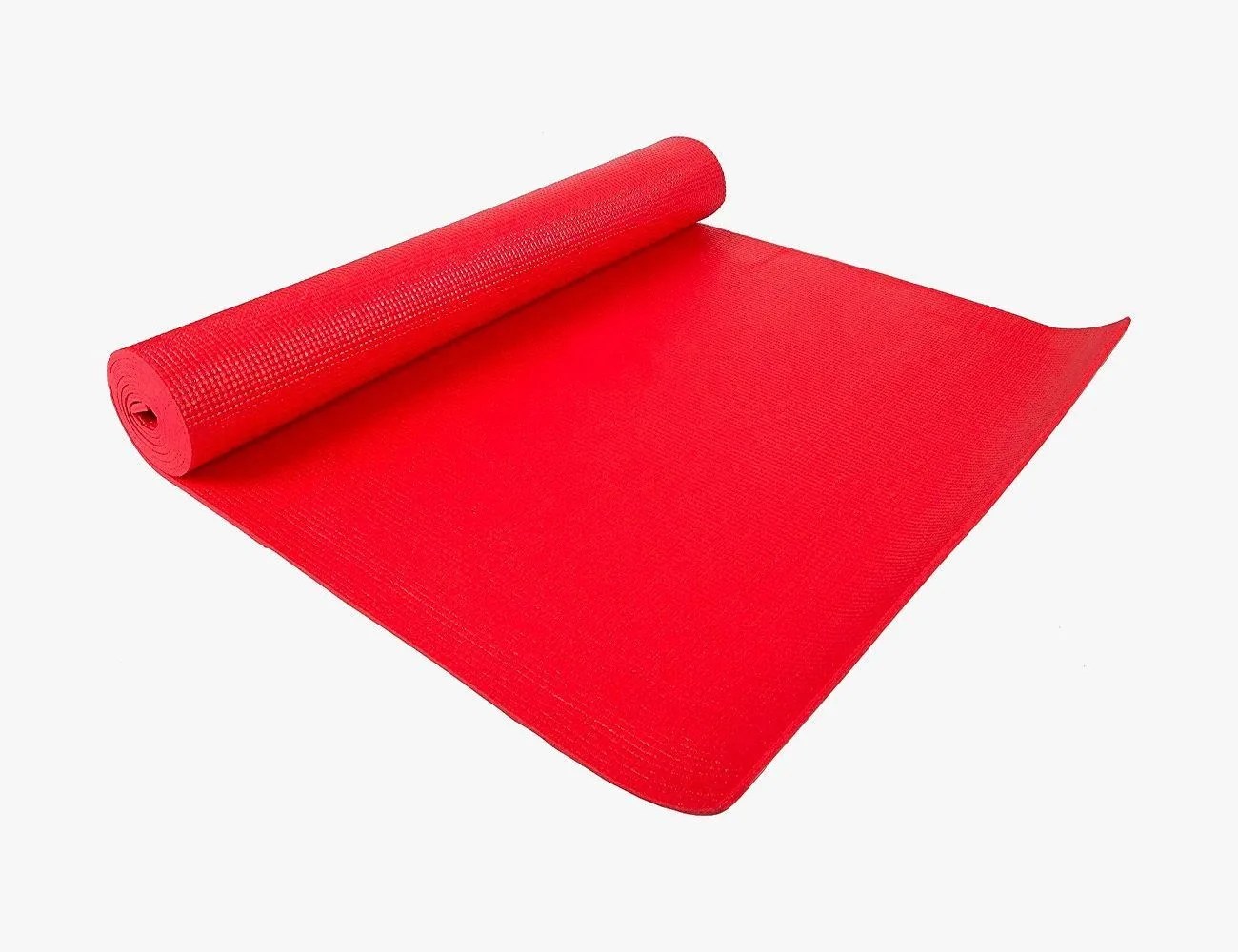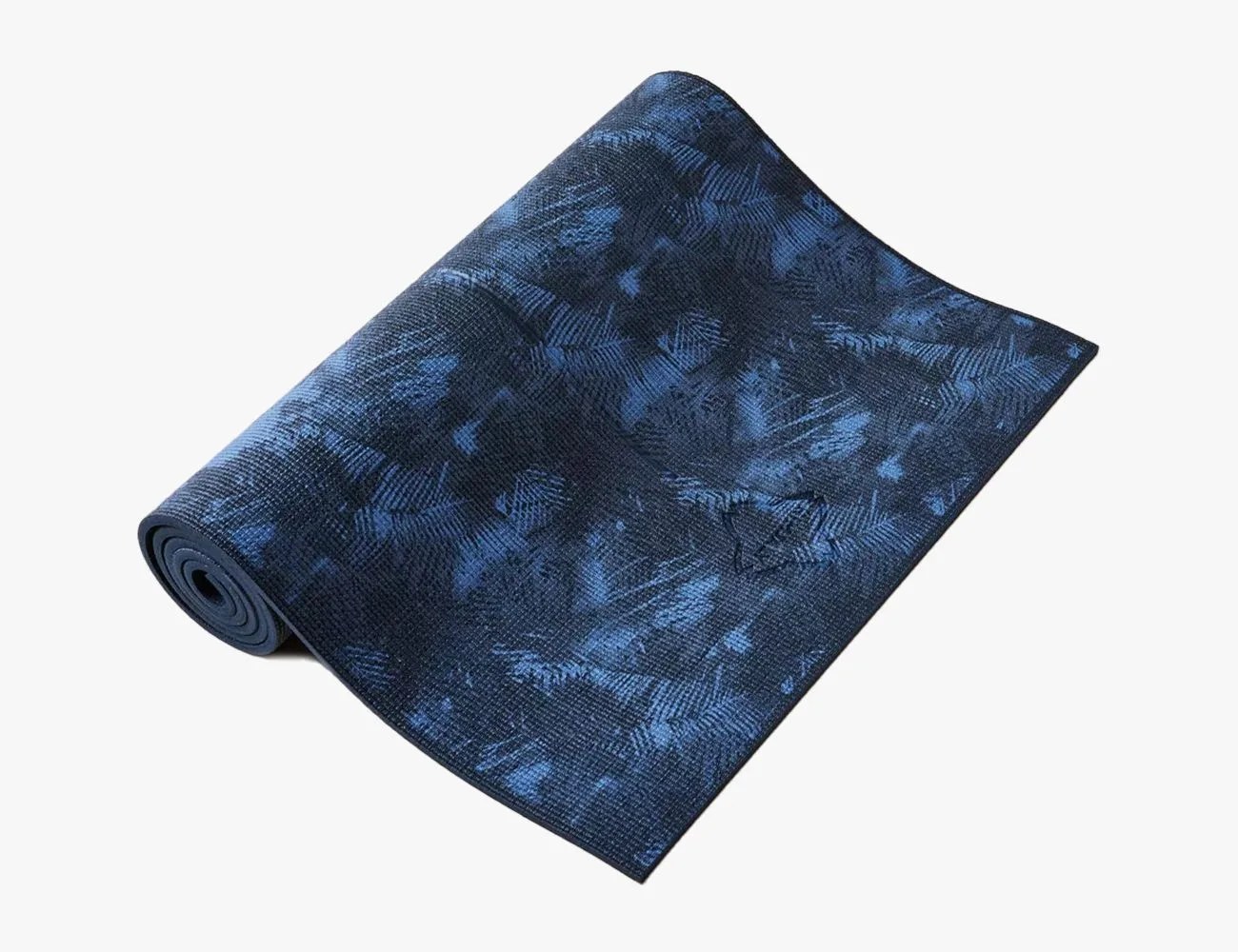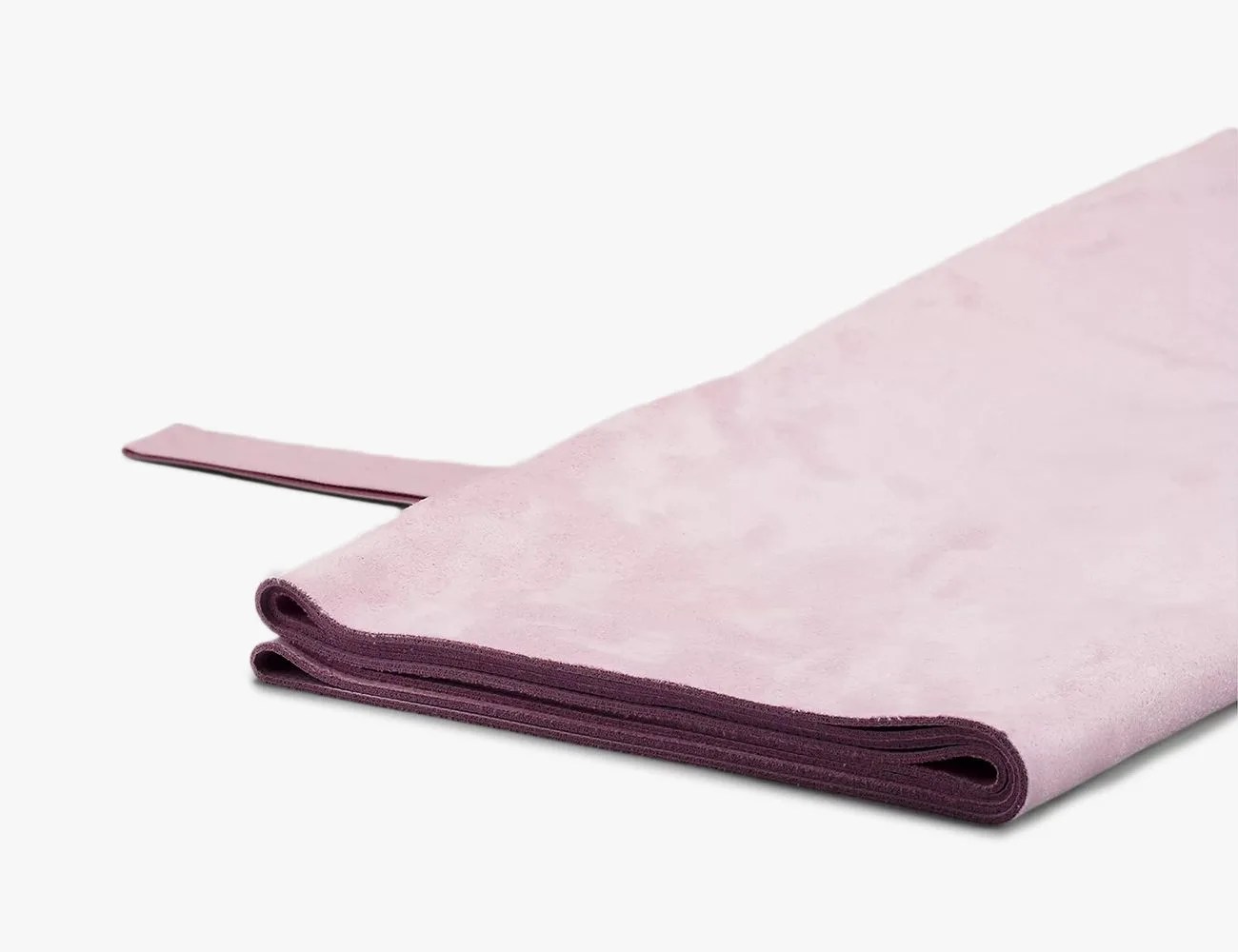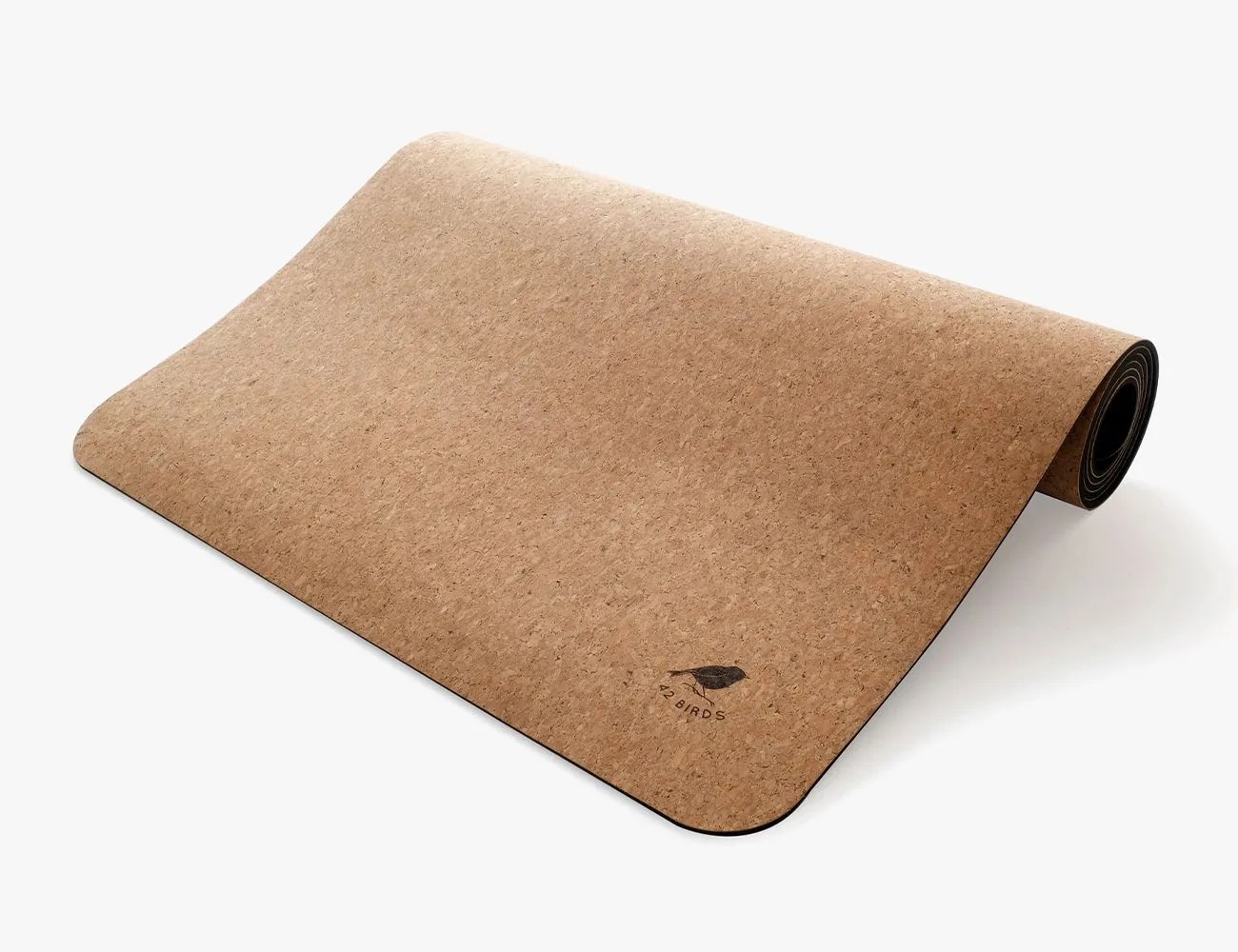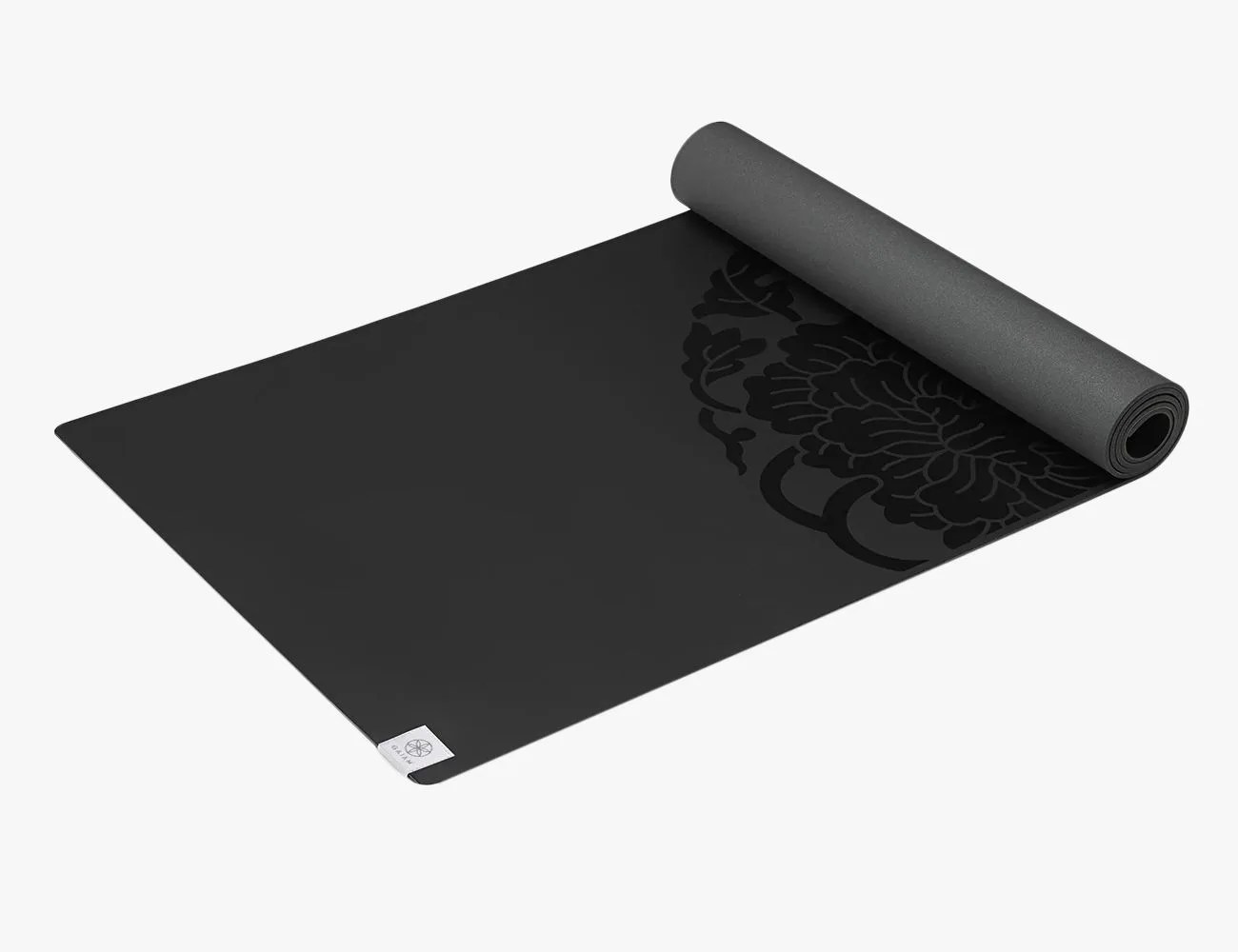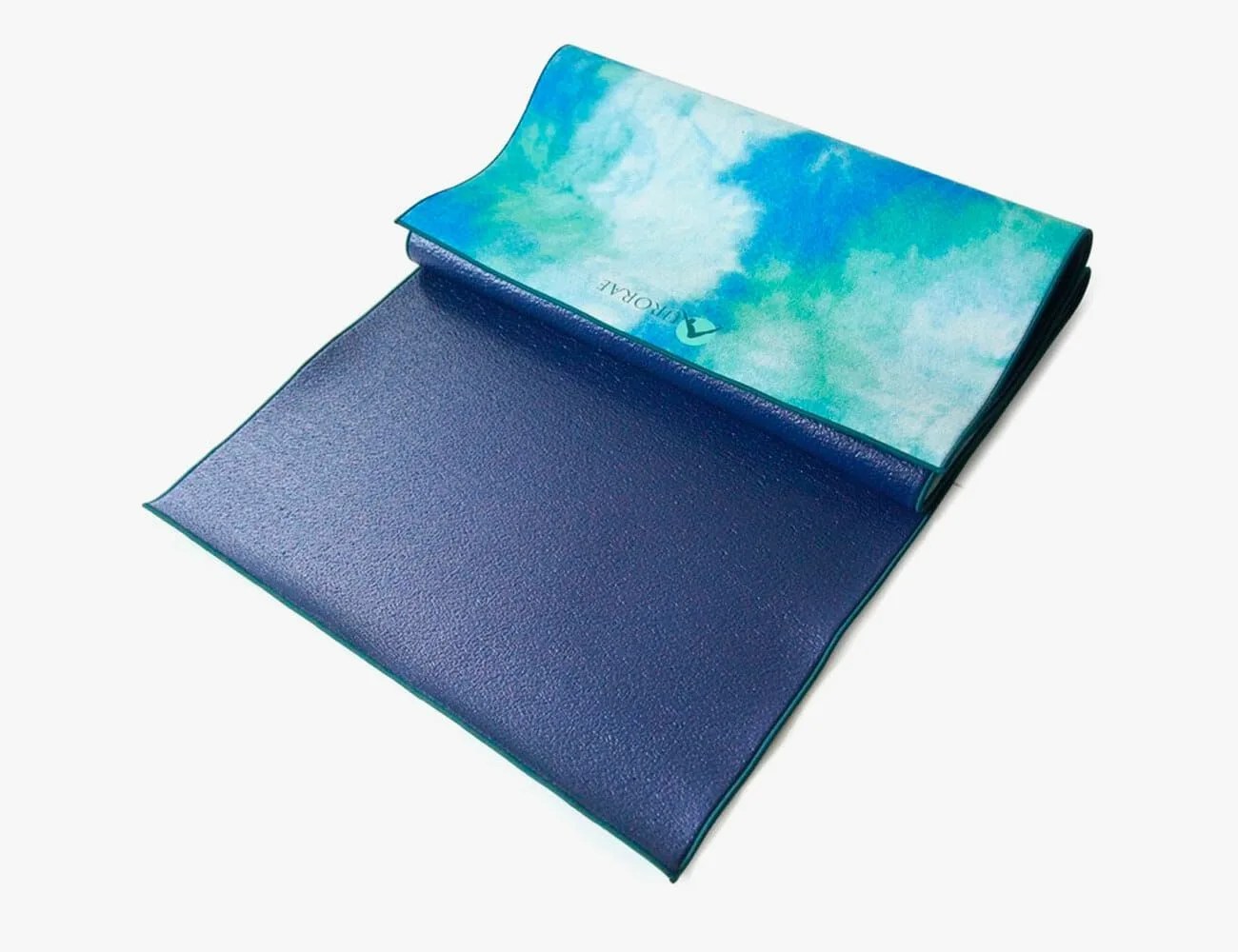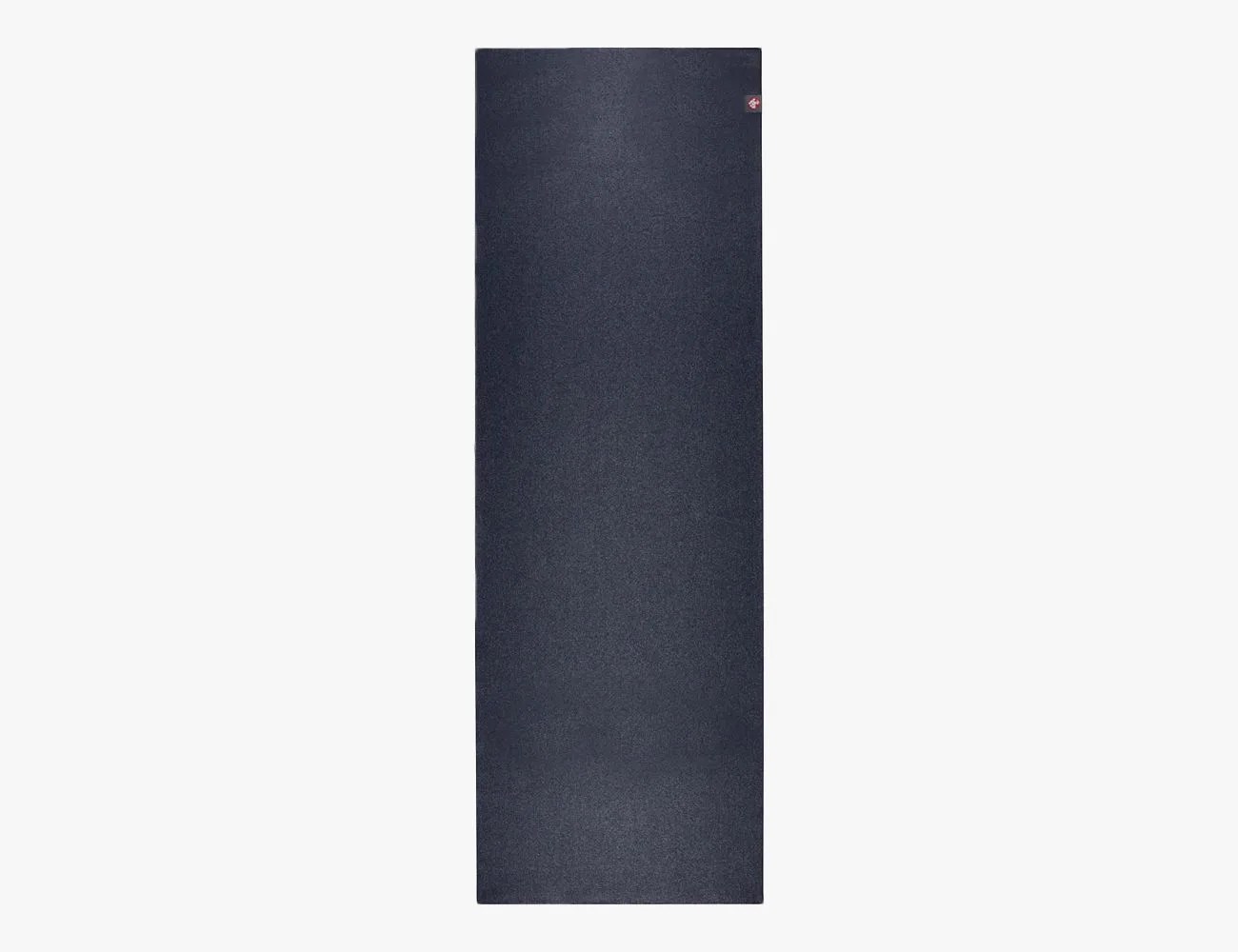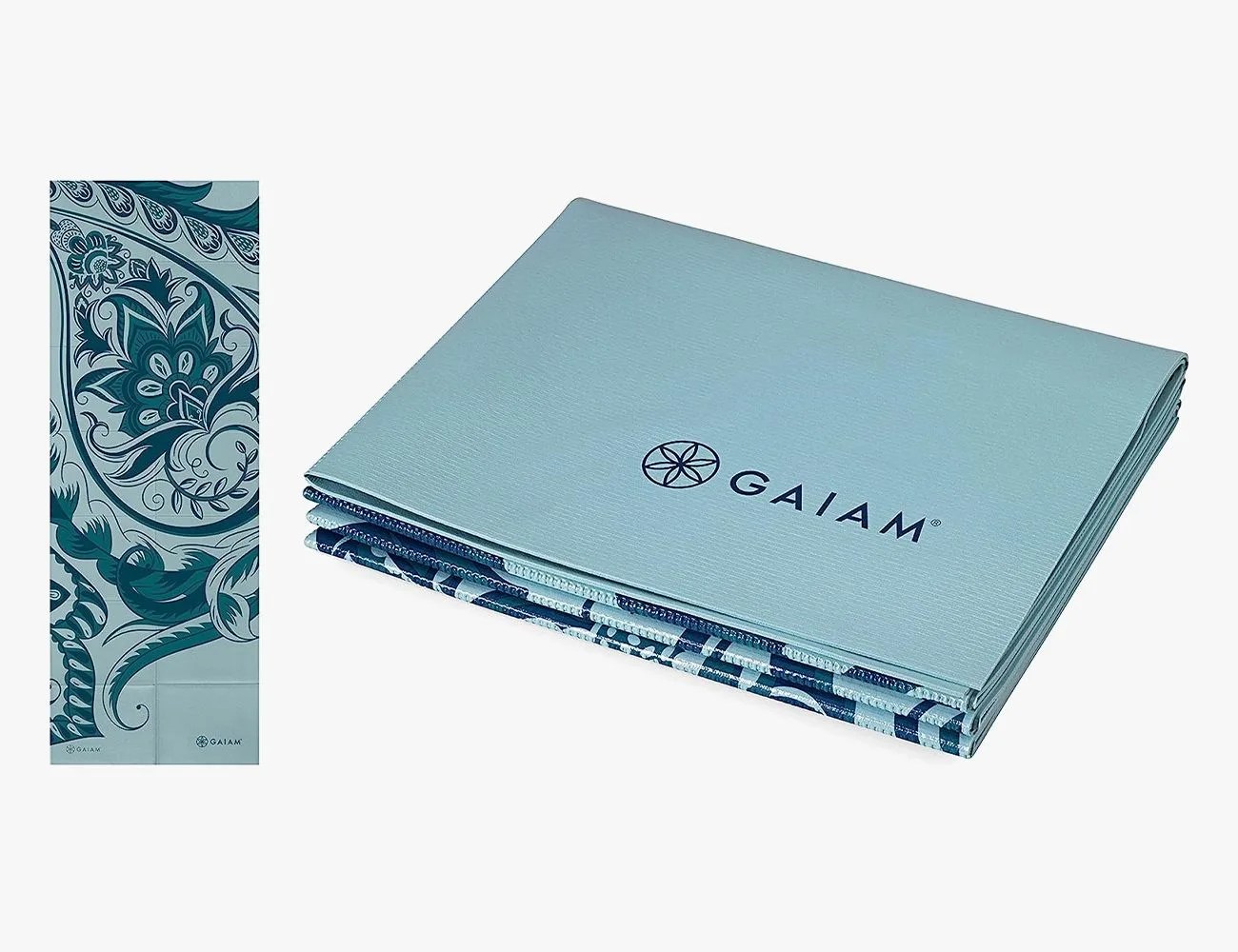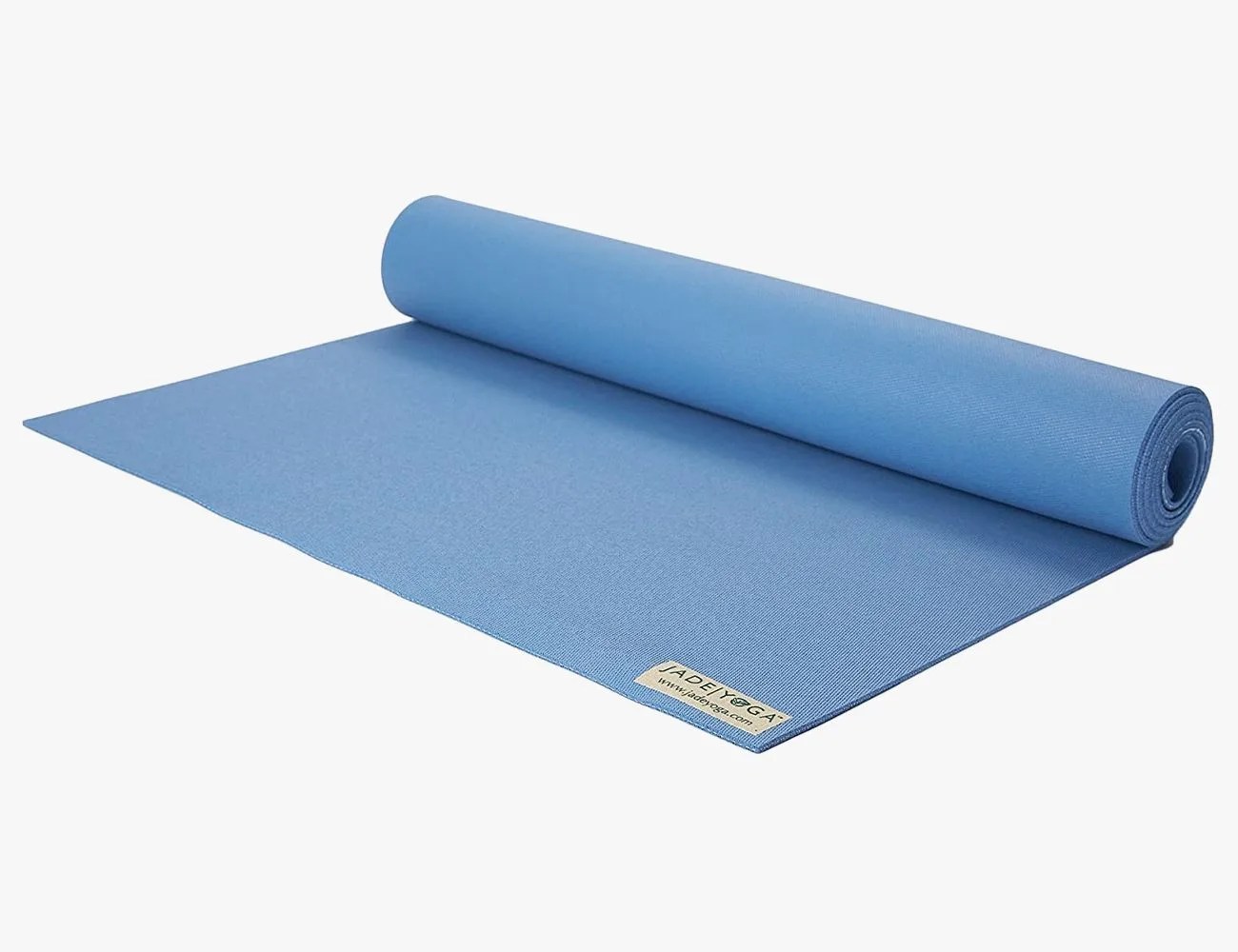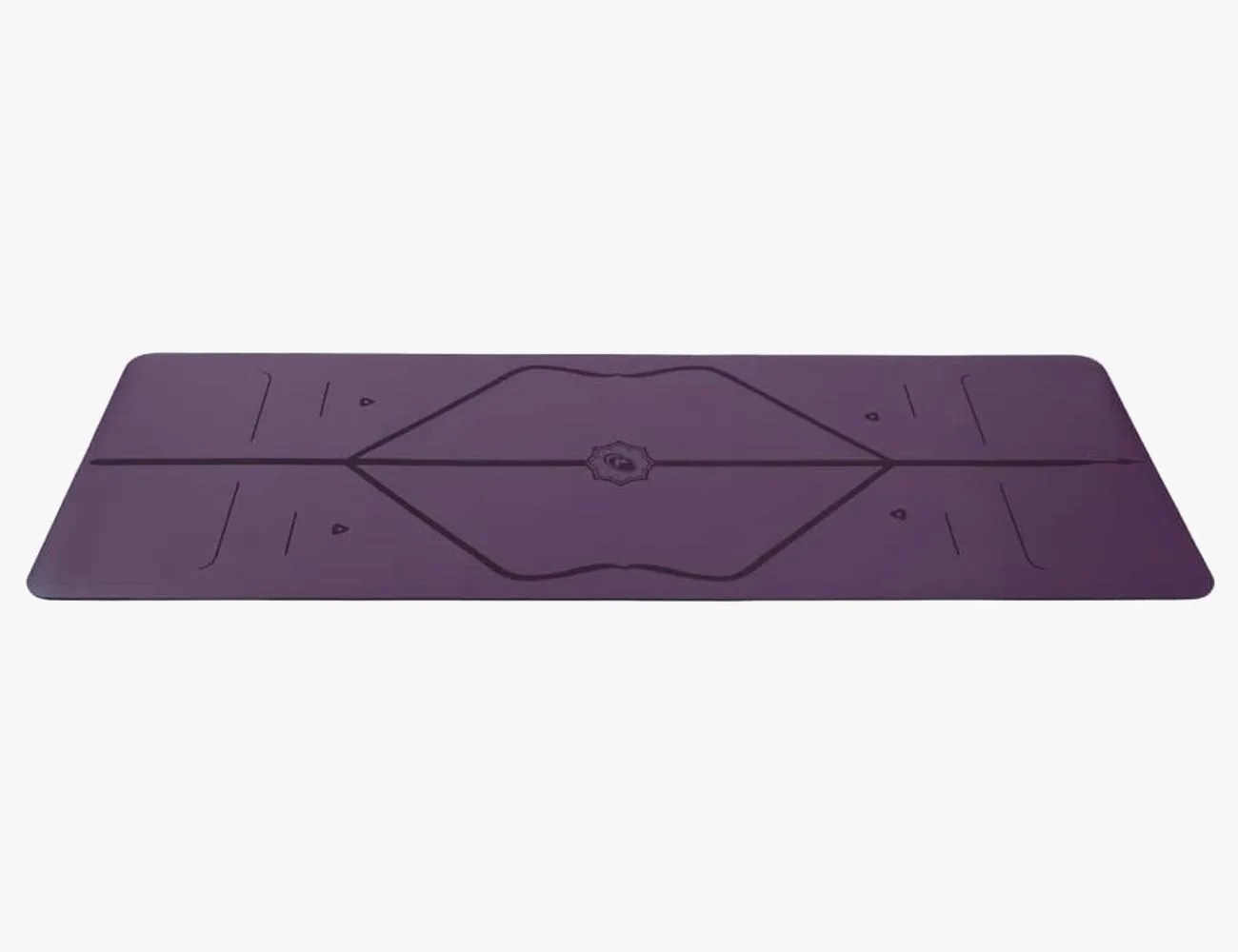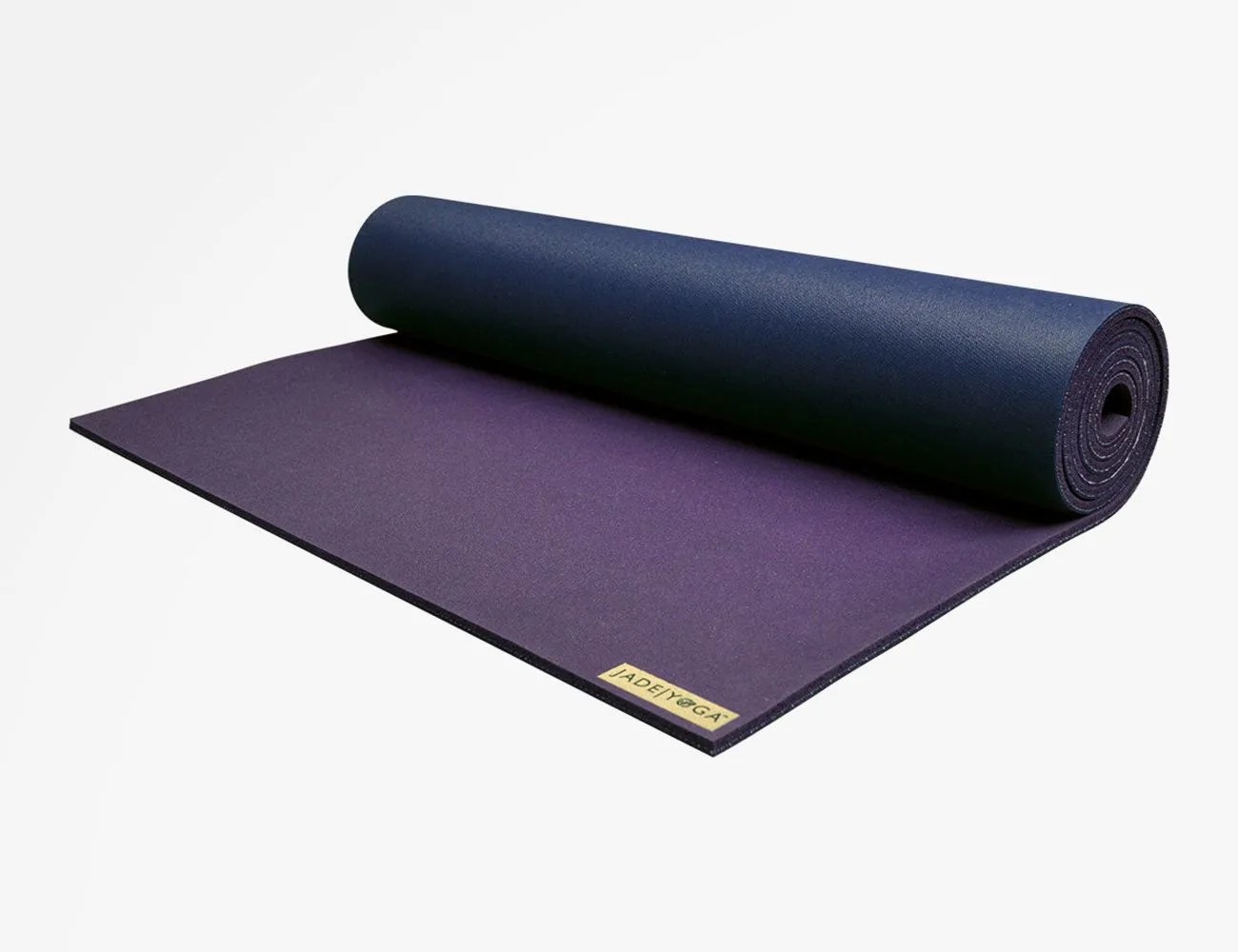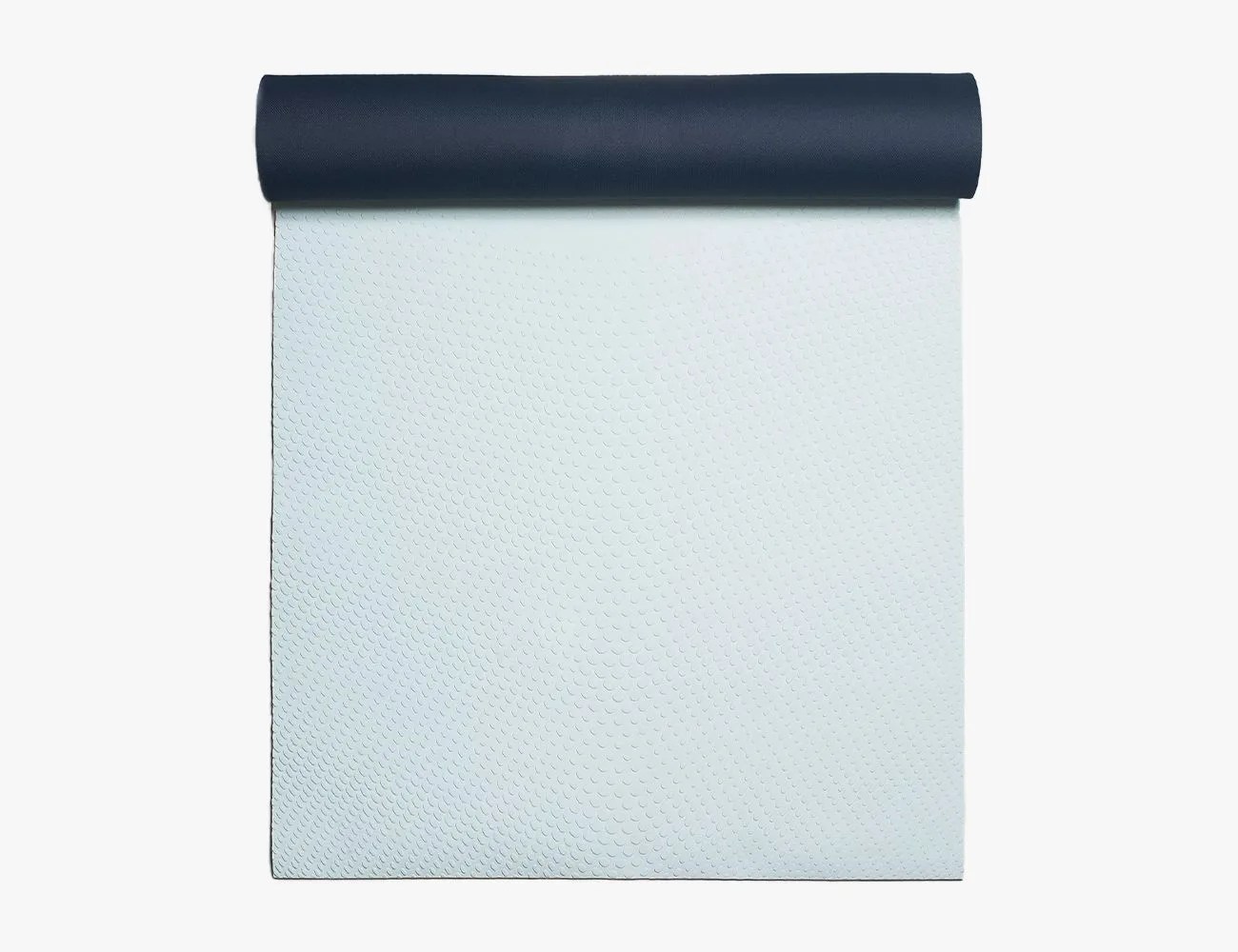A mat is a mat, right? Well, not when it comes to yoga.
In yoga, your mat is your private space. It’s where you come to find zen, strength, relief — whatever it is that drives your motivation in the discipline. But it’s hard to get there when you have a mat that messes with your flow. Even the most blissed-out yogi is going to experience some aggravation if their hands start sliding or their feet lose tackiness in the middle of a pose.
“If you practice regularly, you must invest in your own mat,” asserts Kristin McGee, a Peloton yoga instructor.
Products in the Guide
-
Alo Yoga Warrior Mat
BEST OVERALL YOGA MAT
Read more -
Manduka Pro Yoga Mat 6mm
BEST UPGRADE YOGA MAT
Read more -
BalanceFrom GoYoga Yoga Mat
BEST BUDGET YOGA MAT
Read more -
Decathlon Gentle Yoga Comfort Mat
BEST THICK YOGA MAT
Read more -
Lululemon Carry Onwards Travel Yoga Mat
BEST THIN YOGA MAT
Read more -
42 Birds Cork Lightweight Yoga Mat
BEST CORK YOGA MAT
Read more -
Gaiam Performance Dry-Grip Yoga Mat
BEST RUBBER-FREE YOGA MAT
Read more -
Aurorae Synergy 2-in-1 Yoga Mat
BEST MAT FOR HOT YOGA
Read more -
Manduka EKO Superlite Yoga Mat
BEST YOGA MAT FOR TRAVEL
Read more -
Gaiam Foldable Yoga Mat
BEST FOLDABLE YOGA MAT
Read more -
Jade Harmony Yoga Mat
BEST ECO-FRIENDLY YOGA MAT
Read more -
Liforme Original Yoga Mat
BEST YOGA MAT FOR ALIGNMENT
Read more -
Jade XW Fusion Yoga Mat
BEST YOGA MAT FOR GRIP
Read more -
Lululemon Workout Mat
BEST MULTI-PURPOSE YOGA MAT
Read more
How to Choose a Yoga Mat
Yoga mats might seem simple at first glance, but there are a number of factors that can influence your sessions for better or worse. To find the perfect mat for your fitness regimen, be sure to take these features into consideration.
Grip
“A mat needs to have that good grip from the beginning,” says McGee. “If you find you’re sliding way too much, it’s not a good sign.” A good indicator to how tacky your yoga mat will be is whether it features an open-cell or closed-cell design. Open-cell mats can provide excellent traction thanks to their porous nature, but it’s important to routinely clean this style so as to prevent any unwanted odor or bacteria growth.
Closed-cell mats, on the other hand, can be great for low-intensity exercise that won’t see you sweat profusely from pose to pose. This style of yoga mat doesn’t absorb moisture, but can become slippery rather easily. Be sure to think about how you plan to use your mat prior to purchase so you can best determine how much grip you’ll need — and how much cleaning you’ll need to schedule.
